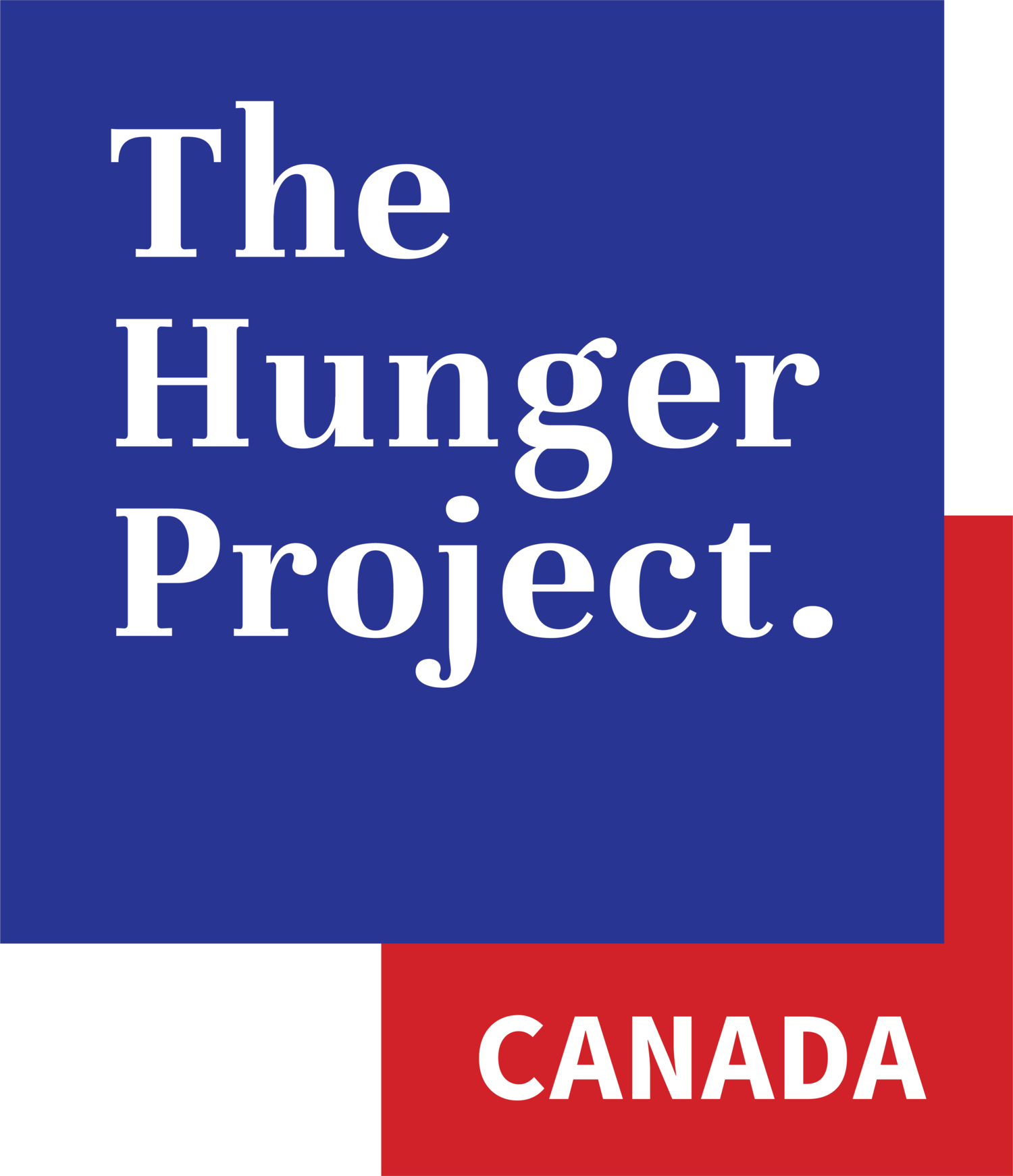Pandemic Causing Hunger Crisis, Says New Report
It’s no surprise that the COVID-19 pandemic is disrupting progress towards many of the Sustainable Development Goals (a call for action for all countries to transform our world). Notably, it’s looking more and more like we won’t reach the goal of ending hunger by 2030, part of the Sustainable Development Goals, if we don’t make significant changes in our global approach. The 2021 State of Food Security and Nutrition in the World Report (SOFI) explores this new reality. According to the report, up to 811 million people in 2020 lived in hunger — that’s 161 million more people than in 2019.
Additional Findings of the 2021 SOFI Report
The rate of undernourishment rose from 8.4% in 2019 to 9.9% in 2020.
Nearly 420 million people living in hunger are in Asia, over 280 million live in Africa, and at least 60 million live in Latin America and the Caribbean.
Around 1 in 3 people did not have access to sufficient food in 2020, an increase of 320 million people within a single year.
The rate of moderate to severe food insecurity is 10% higher in women than men.
Without significant modifications to our current global strategy, around 660 million people may still live in hunger in 2030, the date set by the SDGs to achieve Zero Hunger.
The report, released each year, is the most widely-cited report on issues of hunger. It’s published jointly by the UN’s Food and Agriculture Organization (FAO), the International Fund for Agricultural Development (IFAD), the UN’s Children’s Fund (UNICEF), the World Food Programme (WFP) and the World Health Organization (WHO).
Among the many factors contributing to the declining progress, the pandemic limited income for many people and made it difficult for them to afford nutritious food, especially in areas where hunger was already prevalent. But rates of hunger have been steadily increasing for the last several years, in large part due to climate change and conflict.
All of these factors coupled with our current rate of progress will not lead to ending hunger by 2030. This is why we need to implement a bold, healthy food systems focused approach (read more about this approach from our Global President / CEO, Tim Prewitt, here). Simply addressing individual parts of the system in isolation ignores the relationships and interactions between each, interconnected part of the system. Instead, our global, sociopolitical systems need to adopt a holistic approach and end hunger by addressing the complex factors that affect it.
Water rights, gender equity, government inaction, access to education, child marriage and other socially-supported inequities all contribute to chronic hunger.
Hunger exists at a nexus of issues.
At The Hunger Project, this is exactly what we do with our three-step, holistic approach to reducing food insecurity and ending hunger and poverty. We start with women and catalyze them to realize their potential as leaders; we mobilize communities to create and lead their own development actions; and we build relationships with local and national governments, so the work done by these communities is secure and sustainable. Through our women centered, community-led approach, people living in conditions of hunger work towards self-reliance.
This approach not only lays the foundation for a sustainable end to hunger, it also strengthens a community’s resilience to disruption. Disruption, like a global pandemic. While there is no doubt that the pandemic created unique and devastating challenges for our partners in Program Countries, we also saw community members, especially women, rising to the test and leading their communities to safety. Through sharing life saving information in accessible languages, distributing food and supplies and expanding access to healthcare, communities came together and used their own skills and resources to address public health concerns.
Bineta Diop, a member of our Global Board of Directors, states that “building back better is shifting the power from where it is at the top and bringing it down to the community. It is the smart thing to do, it’s the right thing to do. You need to make sure the transformation is not just on top. You can think global, but you have to act local.” Solutions to the issues of poverty and hunger are created by the very people living with them.
Ending hunger by 2030 will not be easy, especially with recent setbacks, but ending hunger is possible. Every hungry person is the solution and they will lead the way to zero hunger by 2030.
Learn more about The Hunger Project’s community-led approach to hunger and join us in our fight against hunger.


